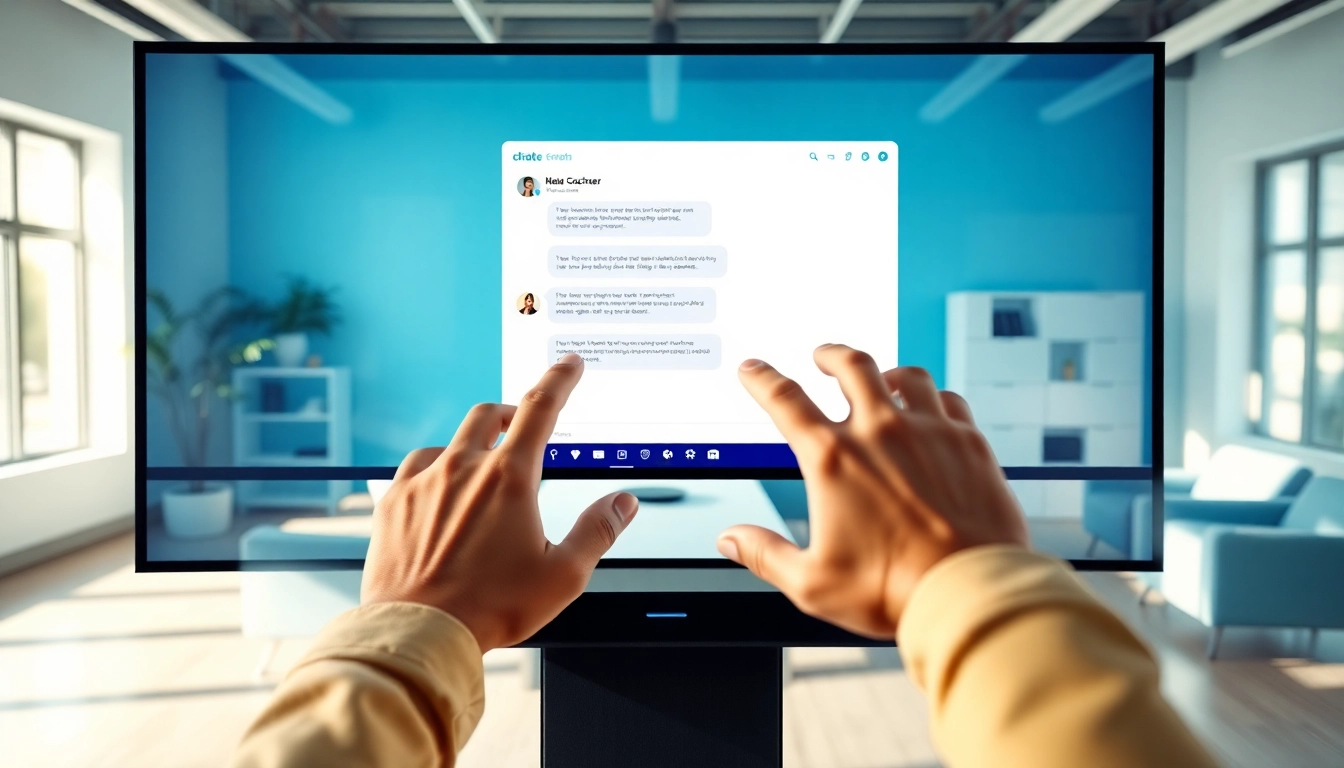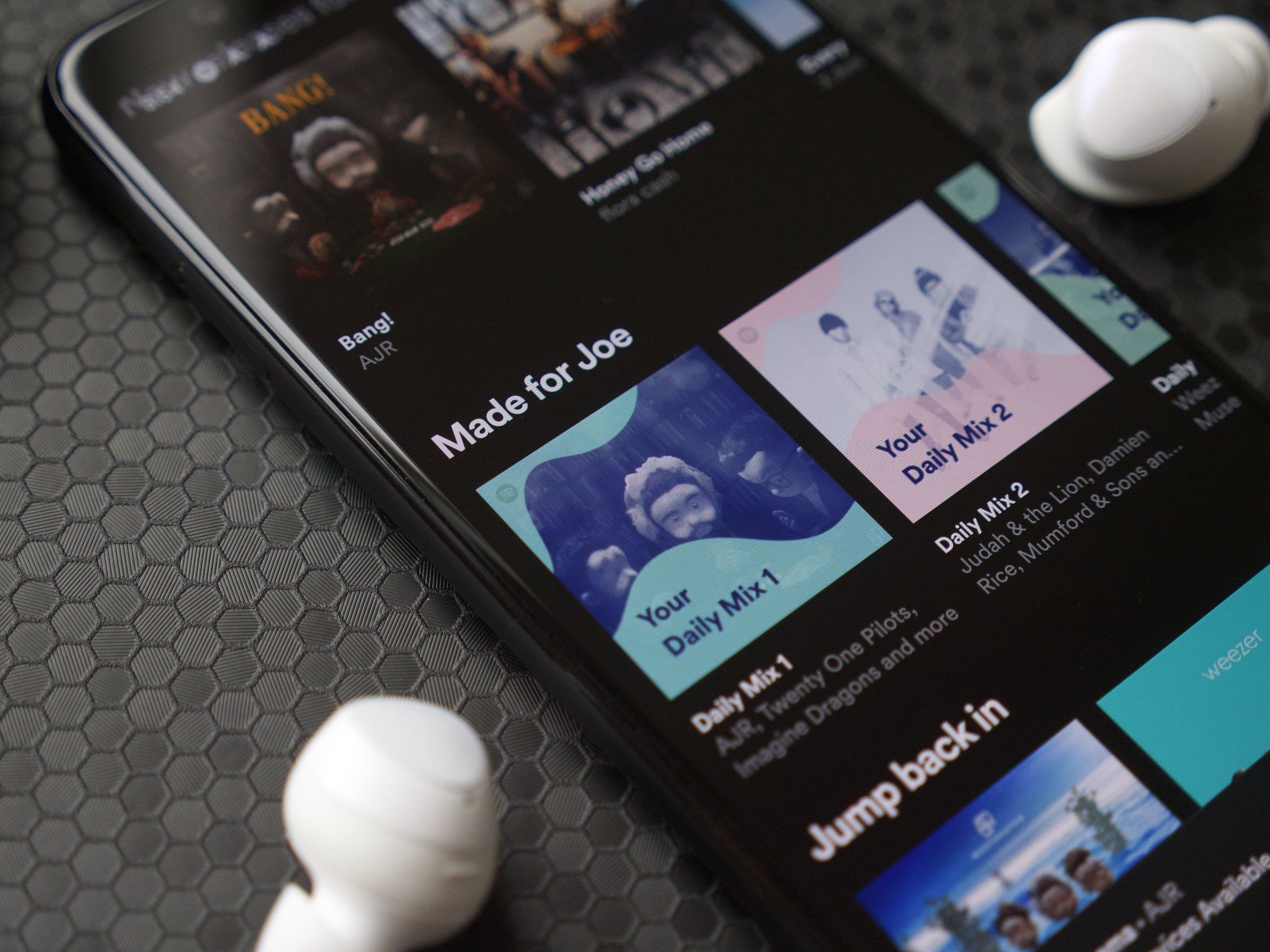
Understanding the ChatGPT Bot for Website Integration
What is a ChatGPT Bot?
A ChatGPT bot is a conversational agent built on the architecture of OpenAI’s Generative Pre-trained Transformer (GPT) models. It is designed to simulate human-like conversations by understanding and generating natural language responses. Unlike traditional chatbots that rely on predefined scripts and responses, ChatGPT bots leverage advanced machine learning algorithms to provide dynamic interactions. This means they can not only understand user inquiries but also offer contextual and relevant information, making them an excellent addition to various online platforms, especially websites.
Benefits of Using ChatGPT Bots on Websites
Implementing a ChatGPT bot on your website can yield multiple benefits:
- Enhanced User Engagement: By providing instant responses to user queries, ChatGPT bots can keep visitors engaged and encourage longer session durations.
- 24/7 Availability: Unlike human agents, ChatGPT bots are available around the clock, addressing customer needs outside of regular business hours.
- Cost Efficiency: Deploying a ChatGPT bot can reduce operational costs related to customer support and improve efficiency by handling routine inquiries.
- Personalized Experiences: These bots can analyze user data to offer tailored suggestions and responses, enhancing the overall user experience.
- Scalability: As your business grows, a ChatGPT bot can handle increased traffic without the need for extensive additional resources.
Choosing the Right ChatGPT Bot for Your Needs
Selecting a ChatGPT bot requires careful consideration of various factors to ensure it aligns with your website’s goals:
- Integration Capability: Ensure the bot can seamlessly integrate with your existing website infrastructure and any software tools you may be using.
- Customization Options: Look for bots that allow you to customize responses and workflows to suit your brand’s voice.
- Analytics Features: Opt for a bot that offers robust analytics tools to track performance and user interactions.
- Support and Maintenance: Choose a provider that offers reliable support and regular updates to improve bot performance.
Implementing a ChatGPT Bot into Your Website
Step-by-Step Integration Process
Integrating a ChatGPT bot into your website involves several key steps:
- Define Objectives: Start by defining what you want your ChatGPT bot to achieve. This includes identifying key functionalities like customer support or informational queries.
- Select a Platform: Choose a reliable ChatGPT provider that fits your needs. For instance, you can explore platforms such as chatgpt bot for website.
- Customize the Bot: Tailor the bot’s responses, adopting your brand voice and ensuring that it aligns with user expectations.
- Integrate with Your Website: Use APIs or plugins to embed the bot within your site’s code. This may involve working with your web development team or using simple embed codes offered by the ChatGPT platform.
- Test the Bot: Before launching, conduct rigorous testing to refine interactions and ensure the bot responds accurately to a variety of inquiries.
- Launch and Monitor: After successful testing, launch the bot and monitor its performance using analytics tools to ensure it meets your objectives.
Best Practices for Effective Deployment
To maximize the effectiveness of your ChatGPT bot deployment, consider the following best practices:
- Clear Welcome Messages: Create an engaging introduction that informs users of the bot’s capabilities and encourages interaction.
- Regularly Update Content: Periodically refresh the bot’s knowledge base to include new information and services.
- Easy Escalation Options: Always provide users with an option to connect with a human agent if their inquiries fall beyond the bot’s capabilities.
- Continuous Training: Leverage machine learning to train the bot on new conversational patterns, ensuring it remains effective and relevant.
Common Challenges and Solutions
While deploying a ChatGPT bot can significantly enhance user experience, it comes with challenges:
Challenge 1: Misunderstanding User Intent
Solution: Continuously refine the training data and implement feedback loops where users can report inaccuracies, allowing the bot to learn from past interactions.
Challenge 2: Lack of Personalization
Solution: Use user data to customize interactions based on previous behaviors and preferences, ensuring a more personalized experience.
Challenge 3: Integration Issues
Solution: Ensure thorough testing during the integration phase and work with experienced developers to address compatibility issues swiftly.
Optimizing Your ChatGPT Bot for Better Engagement
Tuning the Bot’s Language and Tone
Setting the right tone is crucial for user experience. A ChatGPT bot should maintain a personable, friendly demeanor while being professional. Here are ways to optimize its language:
- Define Your Brand Voice: Identify your brand personality traits (e.g., casual, authoritative, humorous) and ensure the bot reflects these in its interactions.
- Use Natural Language: Employ conversational phrasing that mirrors how real users communicate, enhancing relatability.
- Be Concise: Ensure responses are clear and to the point, avoiding complex jargon that could confuse users.
Creating a Seamless User Experience
To ensure users have a positive experience when interacting with the ChatGPT bot:
- Ensure Fast Response Times: Optimize the backend to minimize latency, ensuring that responses are delivered quickly.
- Utilize Visual Cues: Incorporate emojis, buttons, or quick replies to make interactions visually engaging and user-friendly.
- Provide Contextual Help: Anticipate user needs by offering suggestions or information that guides them in navigating your services.
Utilizing User Feedback for Continuous Improvement
Engaging users and requesting feedback is essential for improvement. Encourage users to rate their interactions and comment on their experiences. Here are ways to effectively gather and implement feedback:
- Post-Interaction Surveys: Deploy short surveys after interactions, asking users to rate their experience and suggest improvements.
- Monitor User Queries: Analyze frequently asked questions to identify gaps in knowledge that the bot may need to address.
- Incorporate Changes Quickly: Use insights gained from feedback to make necessary adjustments promptly, showcasing responsiveness to users.
Measuring the Effectiveness of Your ChatGPT Bot
Key Performance Indicators to Track
Monitoring the success of your ChatGPT bot is vital to understand its impact and areas needing improvement. Key performance indicators (KPIs) to track include:
- Engagement Rate: Measure the number of interactions per unique visitor, indicating the bot’s ability to draw in users.
- Response Accuracy: Monitor how often users find the information provided by the bot helpful or satisfactory.
- User Retention: Track returning users to gauge the bot’s effectiveness in encouraging ongoing interactions.
- Conversion Rates: Assess whether interactions with the bot lead to desired outcomes, such as sales or inquiries.
Analyzing User Interactions and Outcomes
Delve deeper into user interactions to extract valuable insights for future improvements:
- Conduct Session Analytics: Review session statistics to understand common user journeys and drop-off points.
- Identifying Trends: Analyze patterns in user inquiries to develop content that addresses common questions or concerns.
- Utilizing Tools: Implement analytics tools to visualize data, making it easier to identify trends and anomalies over time.
Adjusting Strategies Based on Data Insights
Data-driven decisions enhance efficiency and effectiveness. Use insights gathered from your KPIs and analytics to:
- Refine Your Bot’s Scripts: Adjust responses based on which interactions lead to successful outcomes.
- Test Variations: Implement A/B testing to compare different bot scenarios or responses, identifying which configuration yields the best results.
- Stay Adaptive: Regularly revisit strategies, adaptations are crucial in responding to changes in user behaviour or business objectives.
Future Trends in ChatGPT Bots and Digital Interaction
Upcoming Innovations in Chatbot Technology
The field of chatbot technology is rapidly evolving, and the future holds exciting innovations that will enhance user interactions:
- Multi-Modal Interfaces: Expect chatbots to integrate voice, text, and visual inputs, allowing users to interact in the way they prefer.
- Increased Personalization: Future bots will utilize more advanced algorithms to provide hyper-personalized interactions based on user behavior and preferences.
- Emotional Intelligence: Advances in sentiment analysis will enable ChatGPT bots to gauge user emotions and respond accordingly, improving empathy and user satisfaction.
Predictions for User Interaction Changes
User expectations are shifting toward more intuitive and human-like interactions. Trends to watch for include:
- Greater Demand for Contextual Understanding: Users will expect chatbots to draw on historical interactions and context for more relevant responses.
- Integration with IoT Devices: Chatbots will increasingly connect with smart devices, enabling seamless user experiences across multiple platforms.
- Focus on Privacy and Security: As data privacy becomes paramount, chatbots will need robust security protocols to build trust with users.
Preparing for Next-Gen ChatGPT Integration
To stay ahead of the curve in chatbot technology, businesses should:
- Invest in Training and Development: Keep abreast of emerging AI technologies and invest in training staff to leverage these advancements effectively.
- Prioritize Flexible Architecture: Develop infrastructures that are adaptable to future integrations and enhancements in AI technologies.
- Foster an Innovation Culture: Encourage continuous innovation within your team to harness new ideas and technologies quickly.







